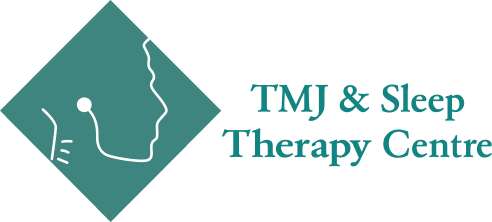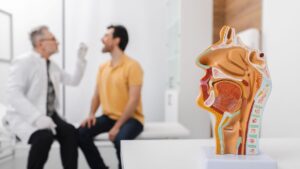A painful and incapacitating migraine headache can wreck a day. When considering how best to treat a migraine, we must start with this: prevention is the best medicine.
Just as the best way to handle a forest fire is to avoid starting one, the best way to deal with an incipient migraine is to recognize its triggers and avoid them.
Individuals experience different migraine triggers. Some of the common ones include:
- Stress
- Hormonal changes
- Artificial sweeteners
- Alcohol and caffeine
- Sensory stimulation like bright lights and loud noises
- Sudden changes in weather
- Other individual causes
If any of these appear to precede your migraines, make an attempt to reduce them – to the extent that’s possible. For example, take yoga or meditate to diminish stress, drink decaffeinated coffee or tea, and avoid loud concerts and parties.
Of course, you can’t control your menstrual cycle or the weather. Where an ounce of prevention is not possible, prepare your pound of cure.
Here are seven steps you can take when you feel a migraine coming on:
- Address it as soon as you can. The earlier you recognize the migraine’s onset, particularly if the symptoms haven’t yet begun, the better. Take the medication that works for you and find a dark, quiet space to rest. This can dramatically reduce your suffering.
- Consider natural remedies. If your migraines are relatively mild, try natural remedies, like willow, ginger and feverfew. Or take supplements that have been shown to reduce migraines, like vitamin B2 (riboflavin), magnesium and co-enzyme Q10.
- Use over-the-counter analgesics. The old stand-bys – ibuprofen (Advil and Motrin), aspirin and acetaminophen (Tylenol) – help some people with mild to moderate migraines. There are even products specifically for migraines in the same section of the drug store, like Excedrin Migraine. These mix acetaminophen, aspirin and caffeine.
- Get a prescription from your doctor. Indomethacin (Indocin or Tivorbex) and Tritan (Imitrex and Zomig) are only available with a prescription. Indomethacin is a stronger version of over-the-counter drugs, but it can be taken as a suppository when you’re feeling nauseated and can’t swallow a pill. Triptans work directly on the pain pathways in the brain.
- Think about your nausea too. If nausea and vomiting are a significant issue, you can get a prescription for an anti-emetic.
- Steroids or opioids, if you’re desperate. If repeated, crushing migraines are interfering with your life and other treatments have failed, your doctor may prescribe steroids or opioids. These are effective at blocking pain, but have serious side effects.
7. Consider other causes. Because all our body systems are integrated, many headaches have distant or seemingly unrelated causes. As a dentist, I see patients complaining of chronic headaches and migraines that are caused by misalignment of the jaw, or breathing issues, that ripple through the body and emerge as chronic headaches. Make sure your doctor examines your entire body to correctly diagnose the problem.





